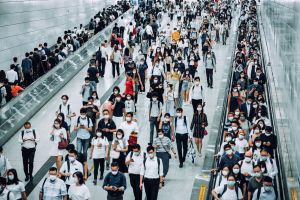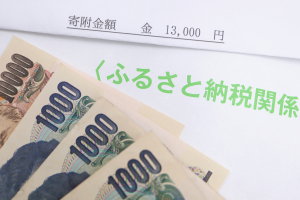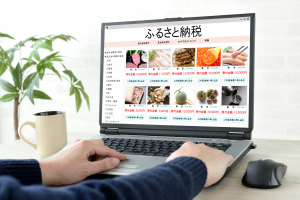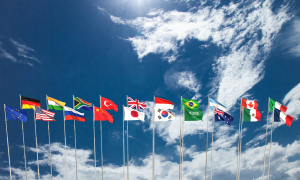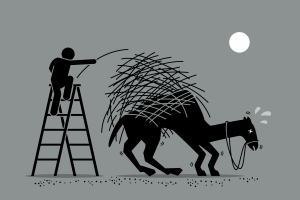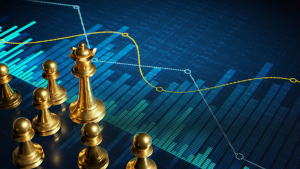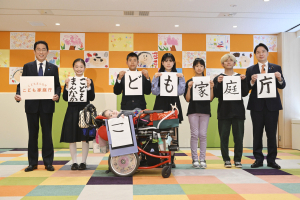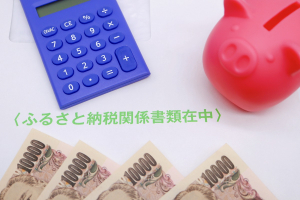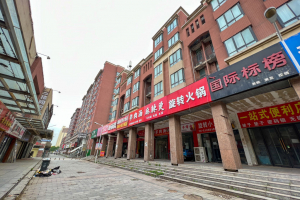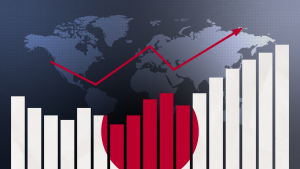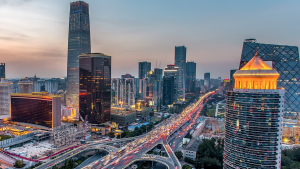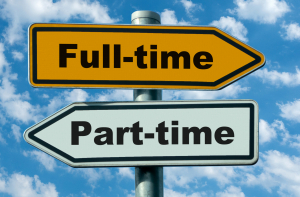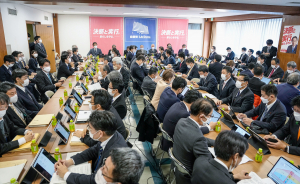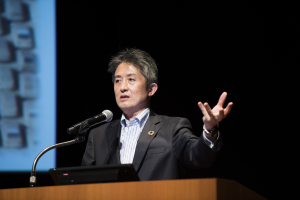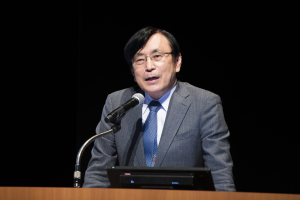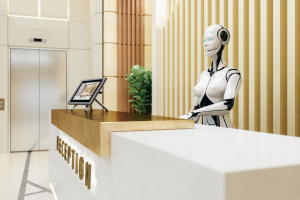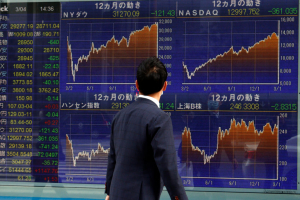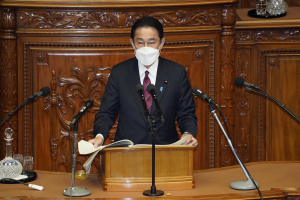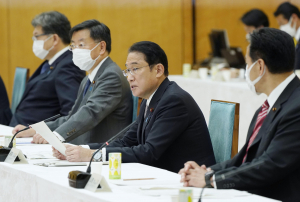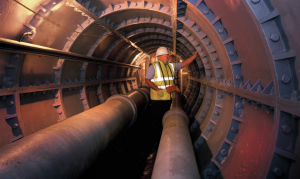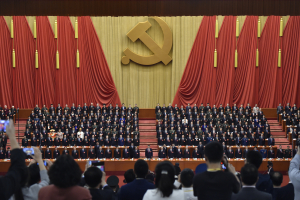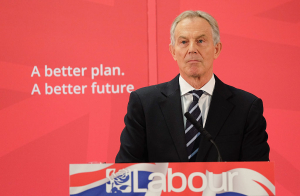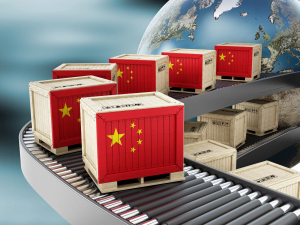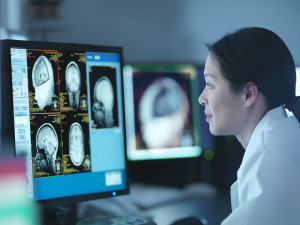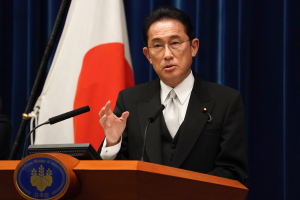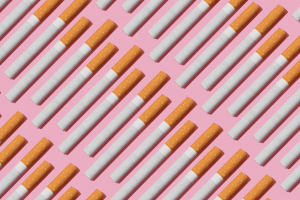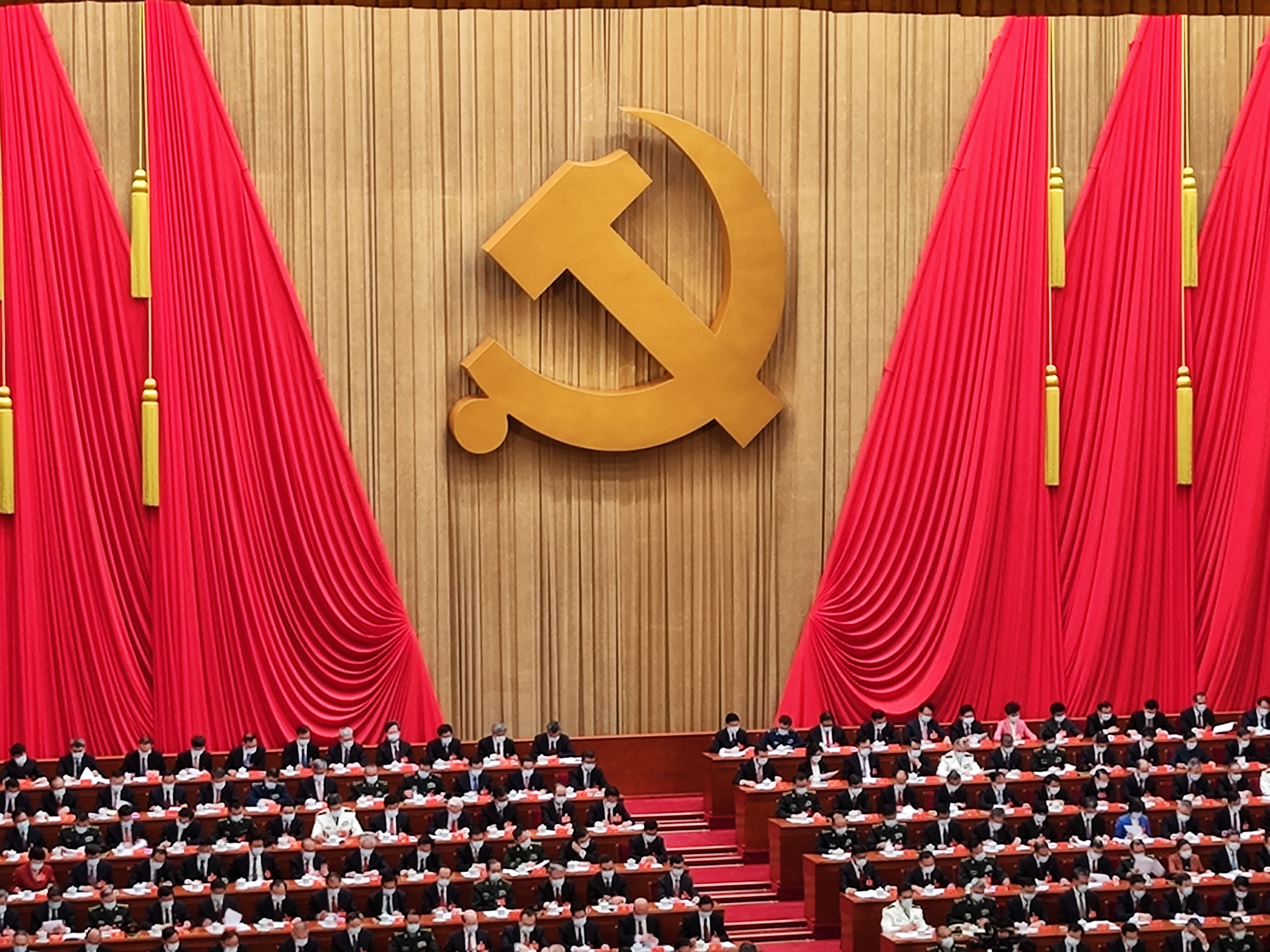
Working with China during Xi Jinping’s Third Term
December 1, 2022
R-2022-062E
Xi Jinping has secured an unprecedented third term as CCP general secretary, but public frustration over tighter controls and a slowing economy could destabilize the regime. Japan should tread carefully, Ke Long writes, to avoid being dragged into a new Cold War in the face of rising US-Sino tensions.
* * *
Russia appears intent on escalating the war in Ukraine, with Vladimir Putin announcing a partial mobilization of reservists and hinting he is prepared to use tactical nuclear weapons. The rest of the world has been left to wonder what exactly the war is meant to achieve.
In East Asia, the Chinese economy has been hamstrung by the government’s commitment to its zero-Covid policy. According to figures released by the National Bureau of Statistics of China, the growth rate for the first three quarters of this year was just 3%, far below the target of 5.5% announced at the National People’s Congress in March.
And in the United States, the Federal Reserve Board has carried out a succession of interest rate hikes as it struggles to bring inflation under control. This has dampened growth expectations not only in the US economy but around the world. Given the slowdown in the world’s two biggest economies, the immediate outlook for the global economy is bleak.
At A law introduced under Deng Xiaoping in the early 1980s limited presidents to two terms in office (10 years), but the constitutional term limit was scrapped during the Xi administration, making it possible for him to become president for life.
What have been some of the major developments that have marked his decade-long rule?
A Slowing Economy amid a Crackdown on Corruption
Xi officially took office in March 2013, succeeding Hu Jintao as China’s president. At the time, his relative youth inspired optimism that the new government would take steps to introduce much needed reforms. Indeed, Xi himself initially pledged to liberalize markets and carry out further reforms.
One reason why people were so hopeful was that the reform process had stagnated during the preceding 10 years under Hu Jintao—some people referring to this period as China’s “lost decade.” If there was a semblance of a market economy in China, the credit for this goes to former Premier Zhu Rongji, who introduced legislative reforms from the mid-1990s to liberalize the financial sector. While the political and social reality in China is that enacting new laws does not mean they will be effectively enforced, the new legal framework, at the very least, made it possible to clarify where responsibilities lay. It was a big step forward in establishing the foundations of a market economy.
Under Hu Jintao, however, China slowed its pace of reforms, as the Beijing Olympic and Paralympic Games in 2008 and the Shanghai Expo in 2010 were enough to fuel robust growth through a variety of infrastructure projects. Why take risks and alienate factions that were resisting additional changes? Hu Jintao could also take advantage of huge government assets accumulated by the previous administration of Jiang Zemin, and he wasted no time in spending some 4 trillion yuan (around ¥56 trillion at 2009 exchange rates) to prop up the economy in the wake of the global financial crisis.
Figure 1. Economic Growth since the Founding of the People’s Republic of China (annual average)

Note: The Mao era actually lasted from 1949 to 1976, but 1953–1978 is used here to maintain consistency with economic statistics from other periods.
Source: Created by the author based on data from the National Bureau of Statistics of China and CEIC.
In the decade since Xi Jinping took office, the Chinese economy has been on a downhill trajectory. Figure 1 shows annual growth rates for the Chinese economy under the five de facto leaders since the Communist Party took power. Economic growth during the Xi era is the second lowest of any period since the Mao years, which were marked by repeated power struggles. Deng Xiaoping, Jiang Zemin, and Hu Jintao achieved growth through a policy of liberalization, but economic controls have been tightened since Xi took office, and there has been a conspicuous drop in the growth rate.
Mao was able to maintain a tight grip on power despite slow growth owing to his lofty political stature. Xi does not have such authority, so if the slowdown continues, his control over the party could begin to slip.
One focus of the Xi administration thus far has been eradicating corruption among senior government officials. This policy enjoys broad public support, but without a proper system of governance to ensure discipline, Xi’s anti-corruption campaign could easily become an endless game of whack-a-mole.
On the pandemic, China has been an outlier. As most other countries have shifted to living with COVID as the virus has evolved to become more contagious but less deadly, Beijing continues to cling stubbornly to its zero-COVID policy. People have been locked down in their homes for weeks, prompting an angry response. Given that the three decades before Xi were marked by growing freedom, people are not taking kindly to new limits on their behavior. Another challenge facing Xi is foreign policy, where China has been adopting an increasingly aggressive stance toward the Group of Seven and other developed economies. But the Chinese economy in general, and its high-tech industry in particular, remain highly dependent on these economies. If trends continue, the pace of innovation could slow.
Policy Challenges for Xi’s Third Term
The decades of reform and openness in China prioritized the latter at the expense of the former. The failure to make meaningful institutional changes has meant that economic development far outpaced improvements in political and social conditions. Xi appears to believe the imbalance has been the result of lax regulatory controls and has been clamping down.
A closer look at actual living conditions reveals that disparities have grown much wider than one might expect. People in their sixties or older remember Mao’s era being much more equal, but this is not because disparities did not exist at the time; they were simply more or less invisible, as they resulted largely from the privileges and perks enjoyed by top officials in the Communist Party. Today, party elites work closely with the managers of state-owned enterprises and major private companies to amass vast fortunes.
China’s liberal intellectuals have been calling on Communist Party officials to disclose their assets, but the Xi regime has no intention of complying with such demands. The clampdown on corruption has been couched as attempts to reduce disparities, but in reality, the campaign has selectively targeted Xi’s political rivals and is aimed at bringing down perceived opponents. Corruption will not be eradicated without sweeping legislative reforms to ensure sound governance.
Xi has also imposed restrictions on free speech not seen since the Mao era, making it impossible to publicly criticize the president or his policies. This, of course, does not mean that people are not frustrated. If not handled correctly, mounting dissatisfaction could become a destabilizing force for the regime.
Deng Xiaoping was similarly wary of political reforms, so he turned to liberalizing markets instead, enabling the Chinese economy to achieve a dramatic takeoff. So long as the economy continued to grow, Beijing could afford to postpone meaningful political reforms, which in China essentially mean the democratization of the political process. Such democratization, though, would likely mean the end of one-party Communist rule.
Xi, meanwhile, not only continues to turn his back on political reforms but has also tightened economic controls. If this situation persists, the pace of China’s growth will no doubt stall even further. Figure 2 shows how the growth rate has been steadily falling since 2010. At the twentieth Communist Party Congress in October, Xi cemented his grip on power, with all party members now being called to “uphold Comrade Xi Jinping’s core position” and “uphold the Central Committee’s authority and its centralized, unified leadership.” According to official figures, the Communist Party has more than 90 million members nationwide. The main reason for supporting Xi Jinping—at least among senior members—is to secure their share of economic benefits and feather their own nests. If growth slows, the benefits available will shrink and potentially weaken Xi’s power in the years to come.
Figure 2. Real GDP Growth, 2010 to 2Q 2022

Source: Created by the author based on data from the National Bureau of Statistics of China and CEIC.
Japan’s Choices Going Forward
When China normalized its diplomatic relations with the United States and Japan half a century ago, the shared objective of all three countries was to contain the threat from the Soviet Union. The economic assistance subsequently provided by Japan and the United States was naturally aimed at promoting democratization within China. Relations soured in the wake of the Tiananmen Square crackdown in 1989, with Washington imposing economic sanctions against China, but US public opinion gradually returned to supporting China’s economic development when Beijing took steps to open its economy with additional market reforms.
In Japan, strong support for China among postwar progressives has faded, as many such voters have entered old age. Businesses looking for new markets, meanwhile, began consolidating their factories scattered around Southeast Asia in China, despite warnings from think tank experts against overconcentrating their investments. Corporate managers were no doubt preoccupied with maximizing short-term profits and failed keep up with emerging global political risks.
China’s ties with both the United States and Japan have become increasingly unstable in recent years. Talk of a Group of Two between China and the United States—proposed near the start of the Barack Obama administration—made little progress, and the two sides have grown more antagonistic and suspicious of one another in the years since. This became more pronounced after Donald Trump entered the Oval Office, leading to stricter economic sanctions and visa restrictions. Among other reasons, Washington cited widening bilateral trade imbalances and infringements of intellectual property by Chinese companies.
Although the trade imbalance is not a major issue in China’s relations with Japan, Japanese companies, like their American counterparts, also complain of intellectual property theft. The Japanese government has not imposed sanctions on China, and some leftist politicians argue that the problem should be resolved through dialogue. Japanese companies are not waiting for a political settlement, though, with many choosing to protect their intellectual property by “black-boxing” their technology to prevent infringements.
Rising tensions have led to talk of a decoupling between the US and Chinese economies, and valid arguments have been advanced by both advocates and opponents. While the decoupling of the world’s two biggest economies would be unthinkable for household items, it has already begun in semiconductors and other high-tech areas.
Journalist Shigeharu Matsumoto, a key figure in Japan’s return to the international community following World War II, noted that Japan’s relationship with China is heavily influenced by US-China ties. This is an insight that is as true today as in the immediate postwar years. Japanese companies need to strike a delicate balance, as they continue to rely on Chinese suppliers of daily necessities and consumer durables while also adhering to Washington’s ban on the sale of advanced chips and chip-making equipment to Chinese companies. As the concept of economic security gains currency in Japan, a semblance of Cold War rivalry appears to be taking shape, at least in the field of advanced technology.
Xi has announced that China will not succumb to foreign sanctions and will develop all needed technologies on its own. This year marks a major anniversary of Japan-China normalization, but bilateral relations today are marked by a chill that is unlikely to dissipate any time soon.
If close friendship is too much to ask for, we should at least aim to become good neighbors, reliable partners, and healthy competitors. Healthy competition is possible only if both sides are playing by the same rules, however, so more than anything else, agreeing on a shared set of rules and making sure that both sides stick to them will be vital. Going forward, Japan and China must promote political dialogue and establish a common set of rules on which to base their relations. This will be in Japan’s own national interest and will no doubt help the country avoid getting dragged into a new US-Sino Cold War.
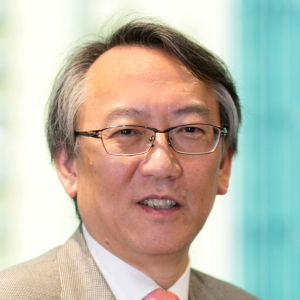

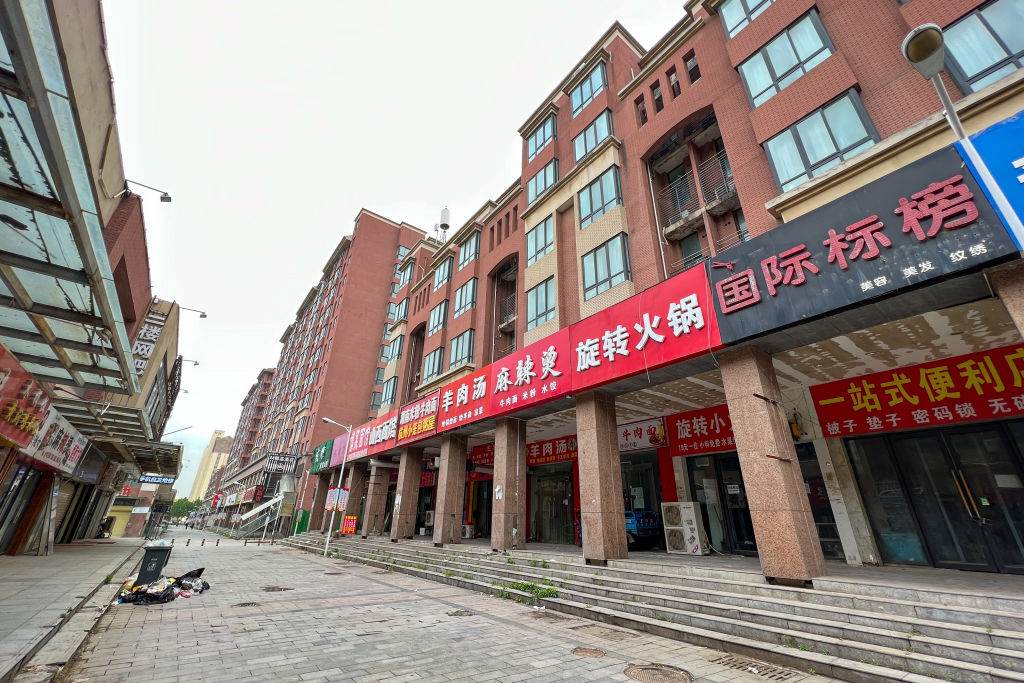
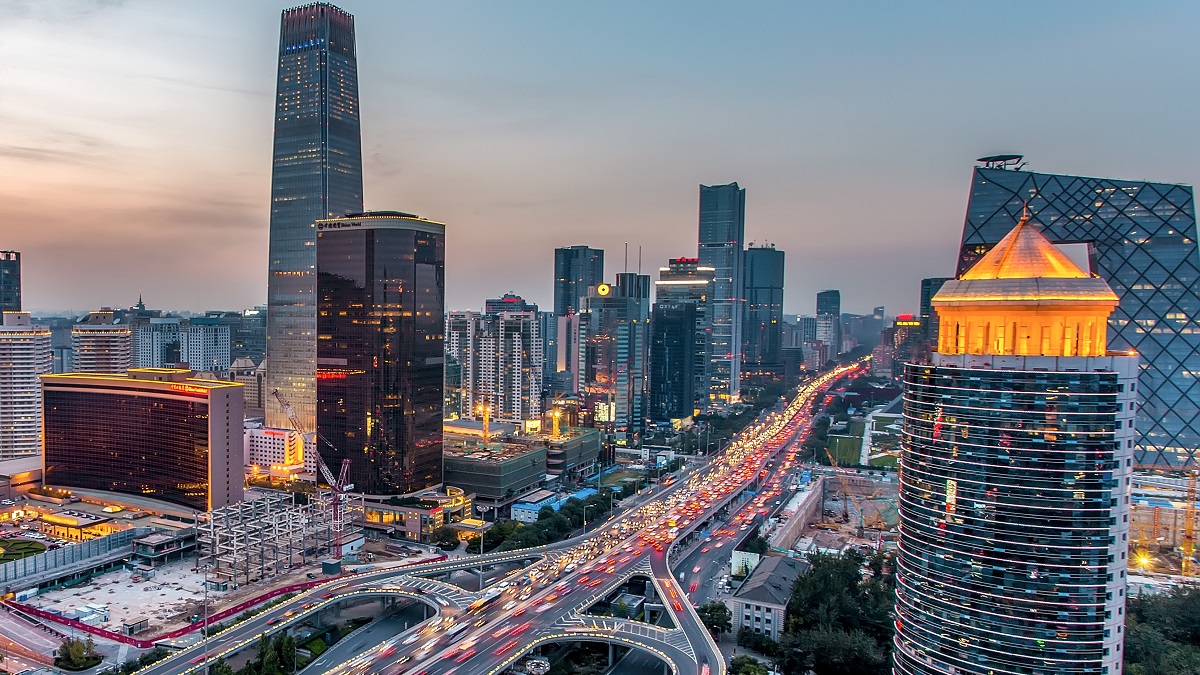
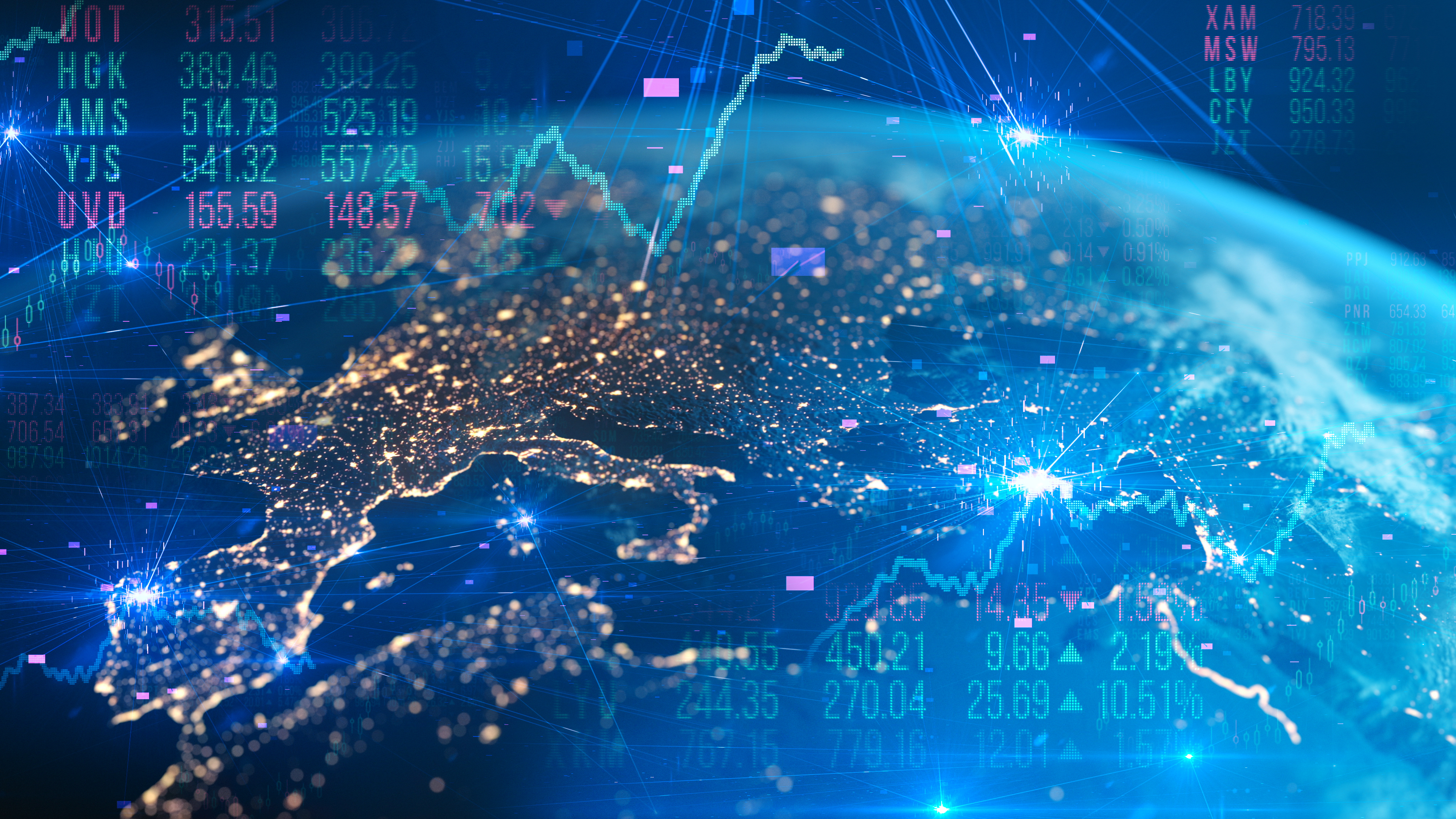
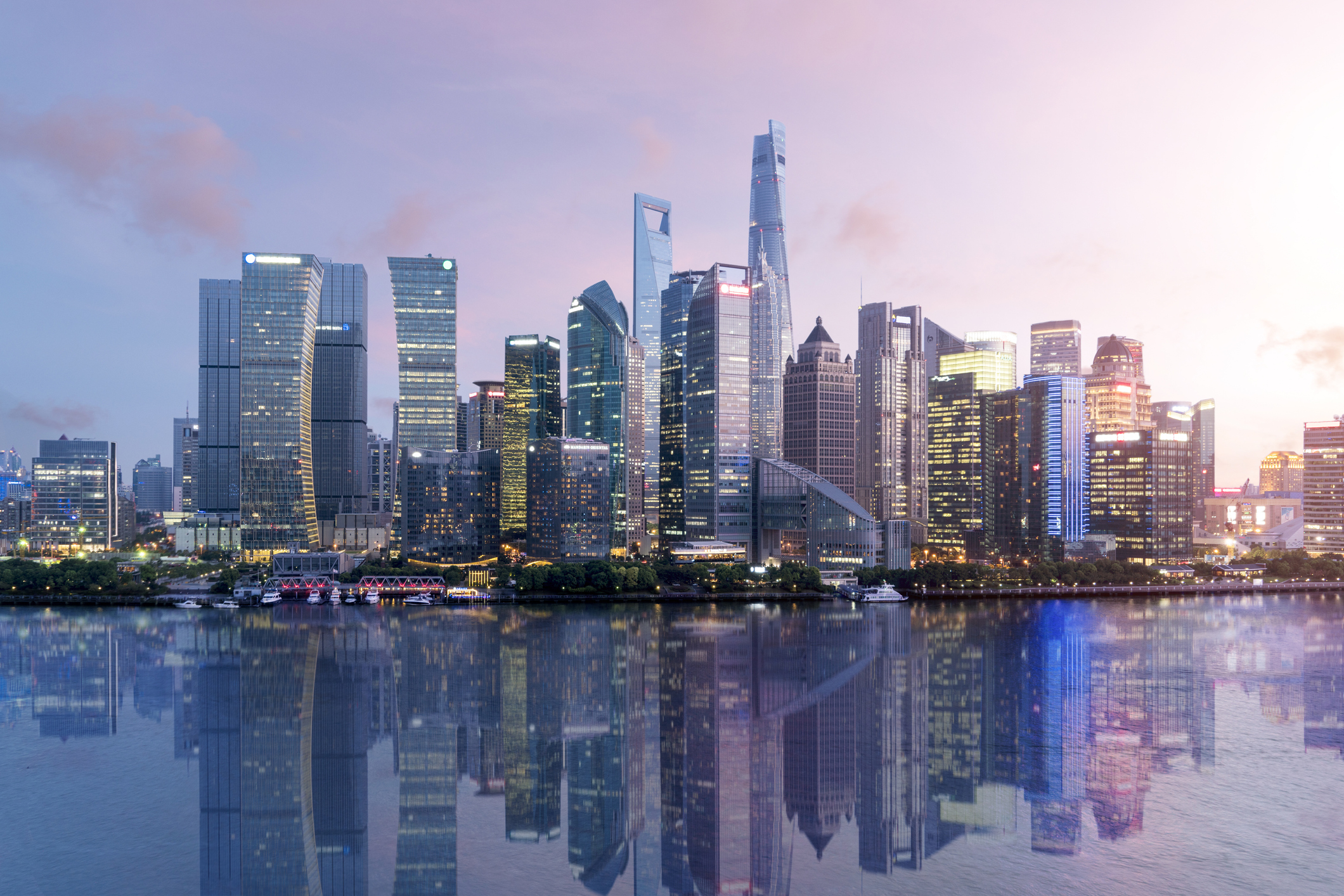
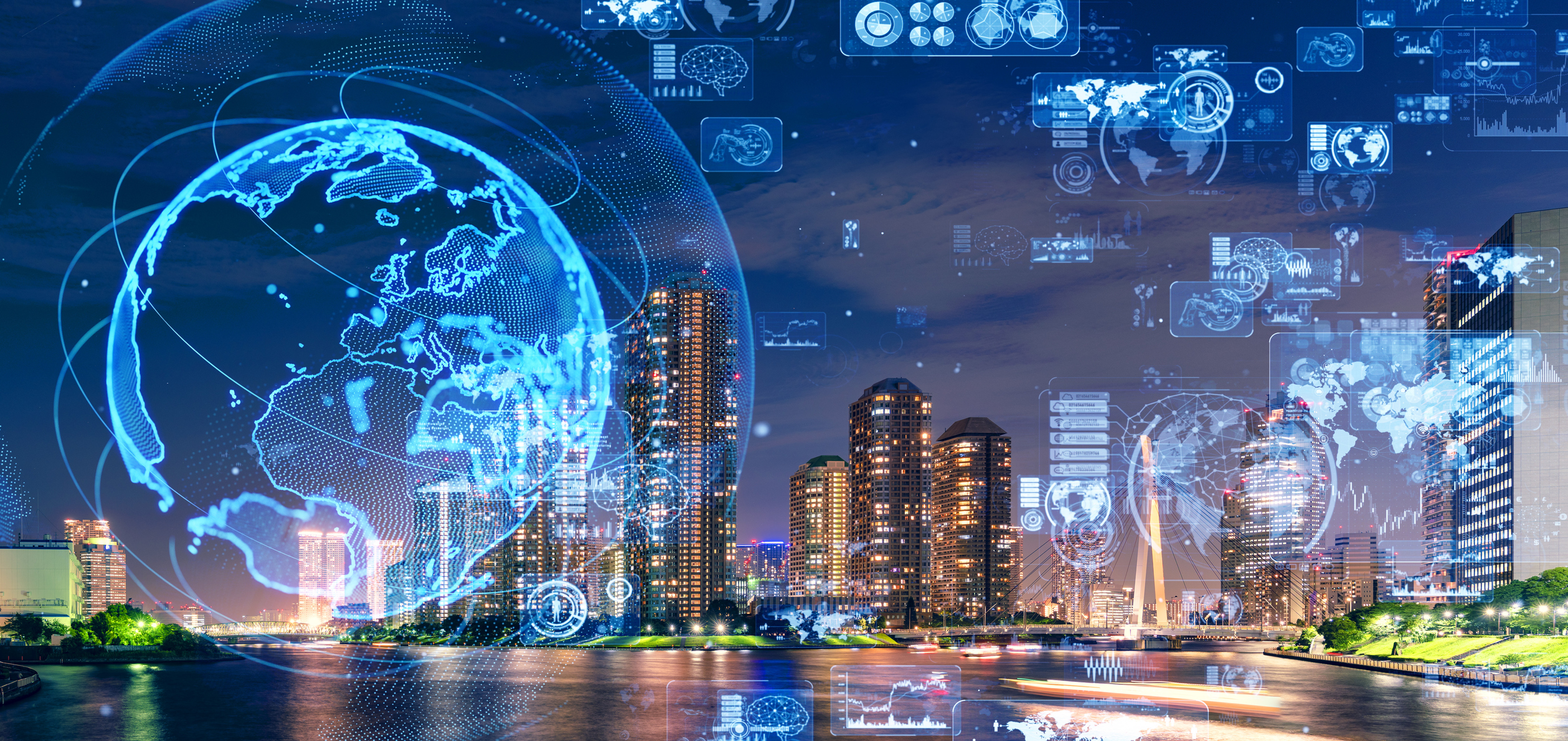
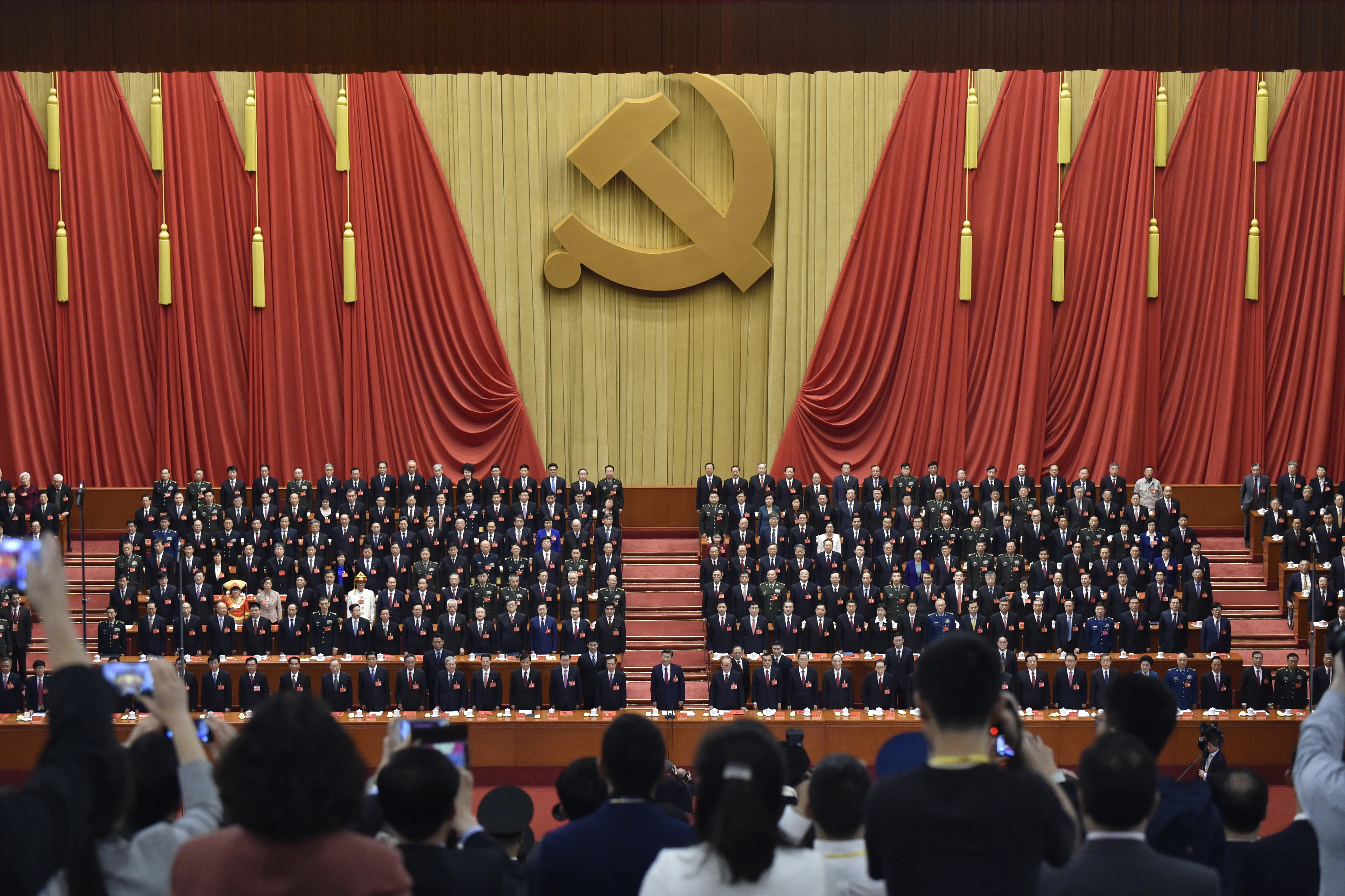
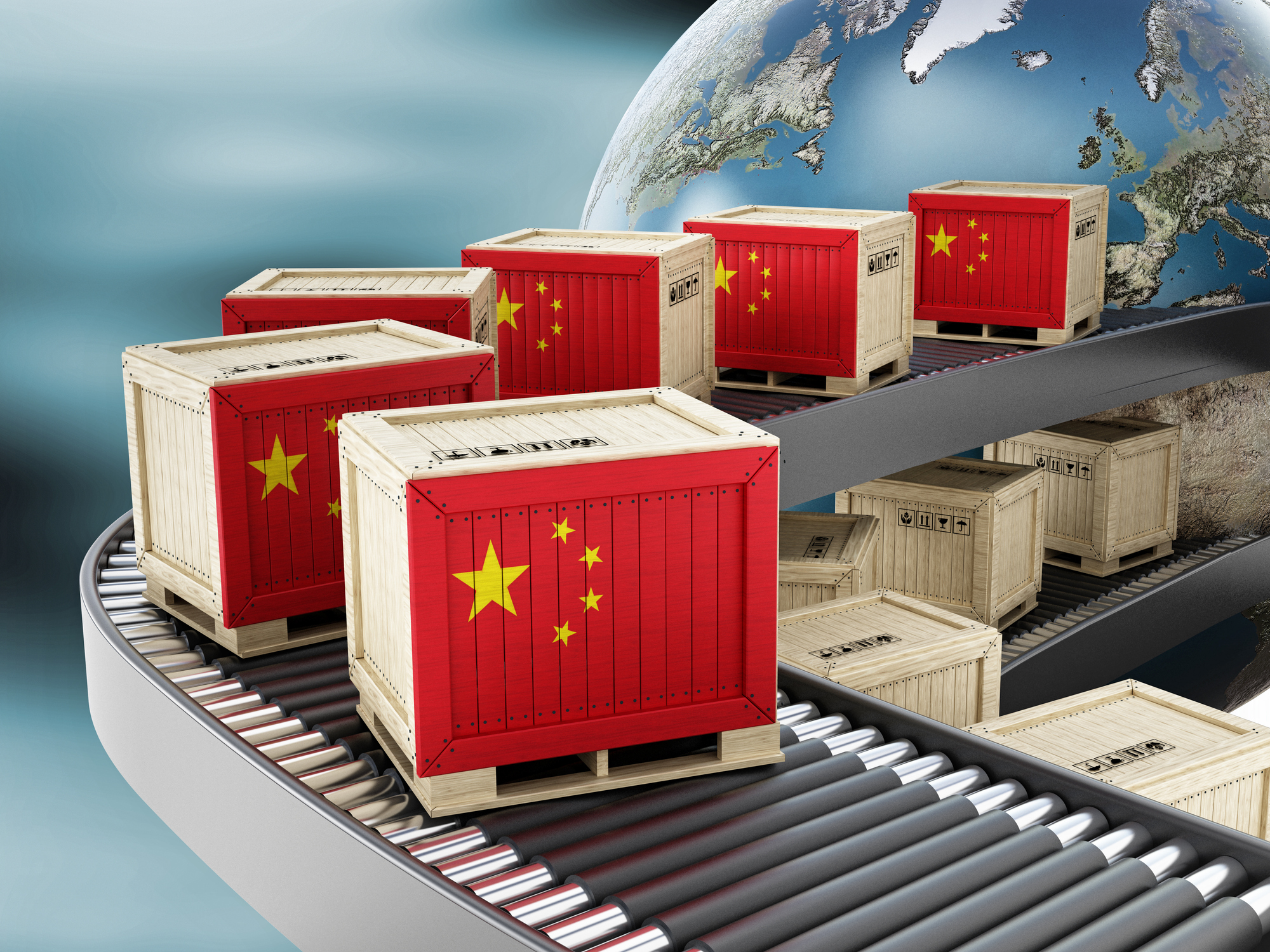
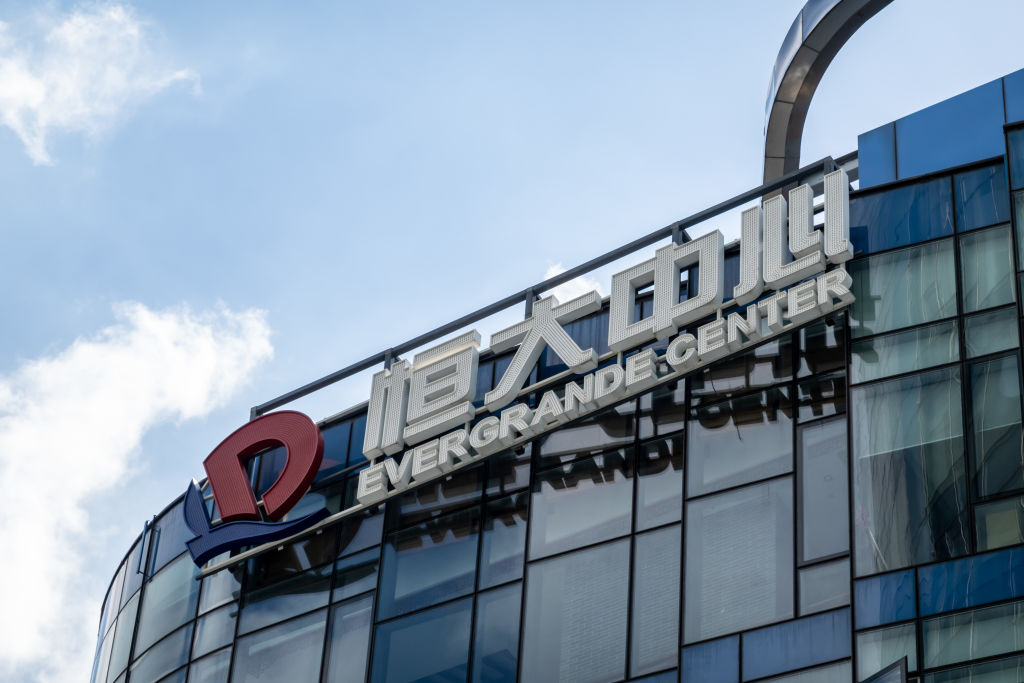
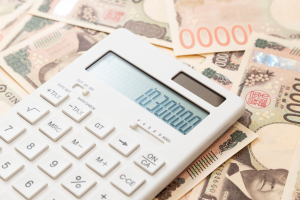

![[Policy Research] Water Minfra: A New Strategy for Water-Centric Social Infrastructure](/files_thumbnail/research_2023_Oki_PG_Mizuminhura_png_w300px_h180px.png)

